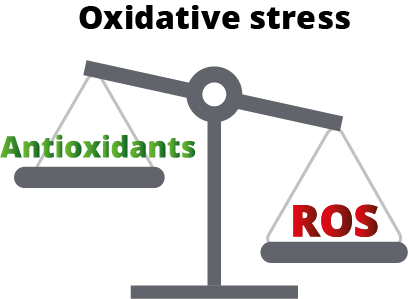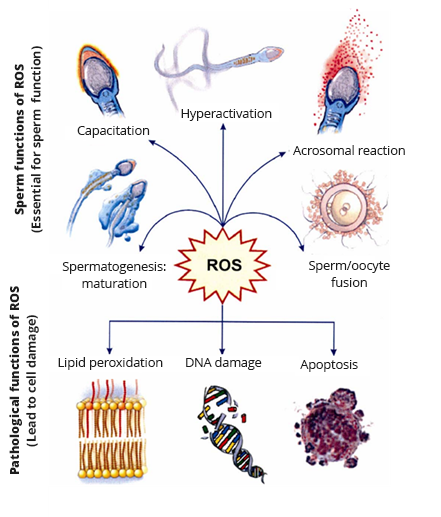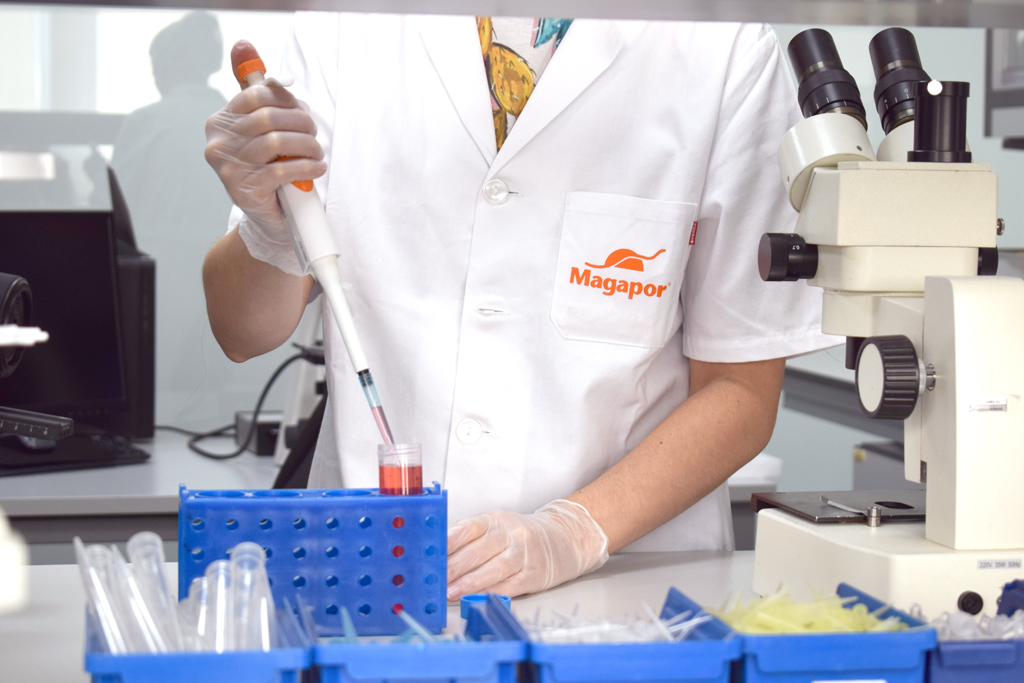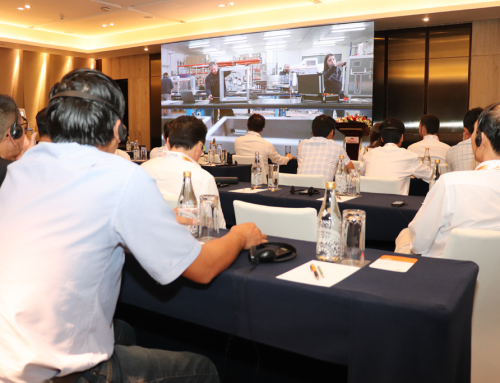Oxidative stress is an imbalance in the levels of oxidant and antioxidant substances, due to an excess production of reactive oxygen species (ROS), or the failure of the cell’s antioxidant systems to act. ROS include superoxide anion (O2–), hydrogen peroxide (H2O2), hydroxyl radical (OH-) and nitric oxide (NO-).

The spermatozoon is able to generate ROS physiologically and their role is essential in regulating sperm functionality. In particular, both superoxide anion and nitric oxide regulate motility, viability and capacitation (see ‘The sperm’s journey to fertilisation II’). Nitric oxide is also involved in the acrosomal reaction, chemotaxis and the attachment of the sperm to the oocyte.
In mammalian spermatozoa, the main source of ROS generation is considered to be through the enzyme NADPH oxidase (NOX), which produces superoxide anion. The superoxide anion reacts, spontaneously or via enzymes, and is transformed into hydrogen peroxide (H2O2), which has a high oxidative capacity and can act far from the point of origin.
However, excess ROS have a detrimental effect on spermatozoa (Figure 1) and can negatively affect sperm motility, cause membrane damage (lipid peroxidation of their fatty acids), produce alterations in DNA, and have also been linked to the process of programmed cell death (apoptosis), causing infertility. Factors that lead to excessive production of ROS can be environmental changes, inadequate nutrition, medication, infections, inflammatory processes, etc…
To maintain balance and prevent oxidative stress, seminal plasma has antioxidant defence mechanisms, as this function is very limited in the sperm cell. On the one hand, it contains enzymes capable of eliminating ROS, such as catalase, superoxide dismutase, glutathione peroxidase and glutathione reductase, and on the other hand, various non-enzymatic antioxidant molecules, such as glutathione and vitamins C and E, which can directly neutralise ROS.
Since the components of seminal plasma are diluted at the time of preparation of seminal doses, our diluents contain antioxidant substances capable of compensating for this loss, ensuring the control of oxidative stress and, therefore, maintaining sperm functionality during the storage time.

Figure 1. Physiological and harmful effects of ROS on sperm functionality. Image modified from Kothari et al. (2010).
Bibliography:
Awda B.J., Mackenzie-Bell M., Buhr M.M. (2009). “Reactive oxygen species and boar sperm function.” Biol Reprod. Sep;81(3):553-61. PMID: 19357363.
Bedard, K. and K. H. Krause (2007). “The NOX family of ROS-generating NADPH oxidases: physiology and pathophysiology.” Physiol Rev 87(1): 245-313.
Dutta, S., A. Majzoub and A. Agarwal (2019). “Oxidative stress and sperm function: A systematic review on evaluation and management.” Arab J Urol 17(2): 87-97.
Kothari, S., A. Thompson, A. Agarwal and S. S. du Plessis (2010). “Free radicals: their beneficial and detrimental effects on sperm function.” Indian J Exp Biol 48(5): 425-435.




